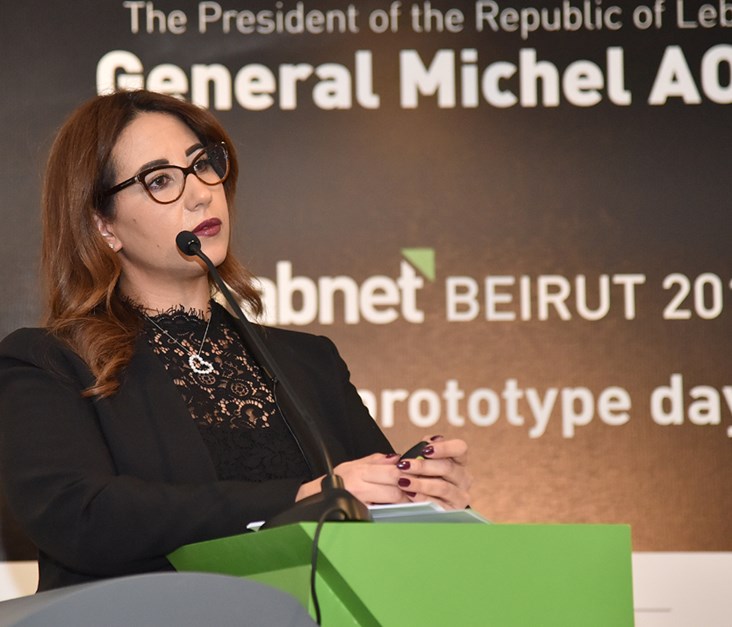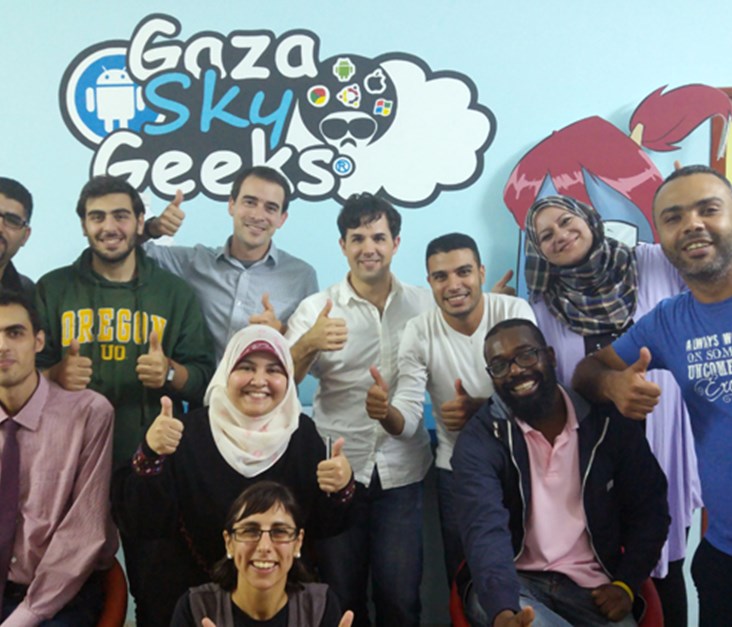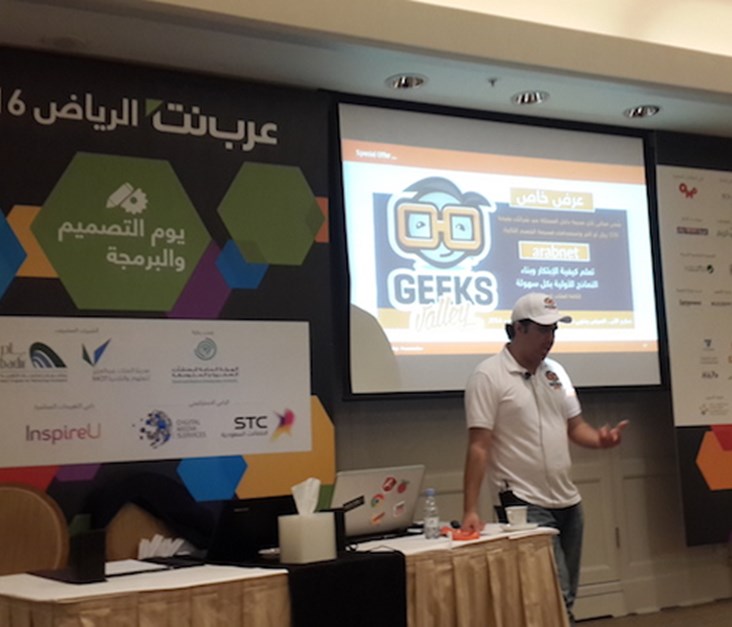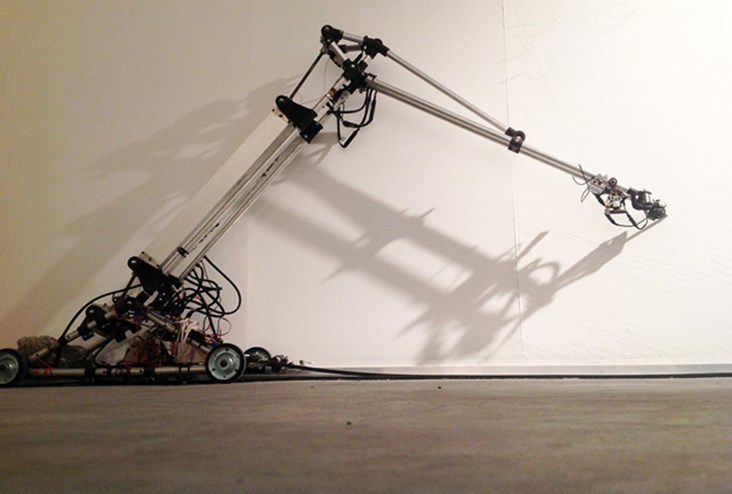
Lebanon is known for a rich, vibrant, and contemporary art scene, from the posh galleries of DT and Ashrafieh to the elusive street art of various Beirut neighborhoods. Today, a new artist emerges on the scene, and that’s TOD, aka The Obsessive Drafter – an autonomous robot arm that draws portraits!
The creation, from its 3Dprinted parts to the Arduino codes and boards, was entirely done by the Lebanon-based makerspace Ghouyoum, R&D center Rapid Manufactory and The Fact0ry. The idea came to life when Design Days Dubai invited founder Guillaume Crédoz to create an art installation for their entrance wall.
At first the idea was that a large drawing arm would make a giant drawing continuously during the 6 days of the show. While conceiving it, Guillaume thought it would be a great challenge to push the idea and make the robot capable of sensing people’s movement and distance, recognizing them by camera, then taking a picture of them in order to turn it into a drawing – all to be done directly and autonomously.
Lo and behold, an interactive art installation was born. The robot encounters people, and decides on its own to create a portrait. As the rules that control its drawing are numerous, and the interactions between them are infinite, therefore the output is unknown.
The team has Guillaume as architect and designer of structure and manufacturing, Engineer Nareg Karaoghlanian who did all the electronics and programming as well as 3D artist Chady Karlitch who did the picture-to-drawing programming.
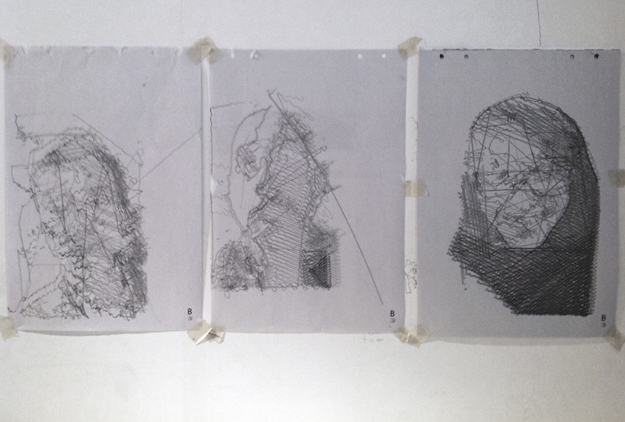
TOD Representing Abroad
Upon completion of the first prototype phase, TOD was selected to showcase at the 10th Saint-Etienne Design Biennale in March 2017. To pay for the cost of the trip and making a second faster and smarter prototype, the creators are looking for crowdfunding via Zoomaal. $8000 would pay for the cost and shipment of TOD’s trip to and back from Saint-Etienne, and for more parts like sensors for autonomy.
If he did not reach the required funding, Guillaume says he will patch up prototype 1, while aiming for the best representation of the region’s tech wave and industry. He is calling for people working in the art, tech, science, robotics, drawing, AI, creative economy, 3Dprinting, engineering, or anyone interested in helping local talents!
The Significance of Success in Lebanon
The challenges that face and derail the Lebanese on daily basis is not a subject of one article. Indeed it is ‘recessing local economy’ that led Guillaume to launch the aforementioned crowdfunding campaign. So where is the hope and potential coming from?
“Working in Lebanon needs far more will and force to overcome the deficiencies of a not-so-well functioning country, but on the other hand, to compensate for all the extra obstacles, people give an extra kindness, and they get a lot of help from a lot of people who were interested and proud of what they are doing,” says Guillaume.
“I have often seen the effect of a 'glass ceiling' (invisible barrier) on the creative minds of Lebanon. A lot of them believe that some technologies are out of reach because we are in a developing country. “This project wants to prove that we can all make it, from ground up. The computers boards, motors, aluminum tubes, 3Dprints are all local. I know that if we get abroad, people here will see us, see it is possible,”
And What’s Next for TOD?
The exposure in Saint-Etienne would highlight Rapid Manufactory, the Fact0ry, and Ghouyoum’s offering as aid in any hardware projects. The plan is to fund further research through lending the machines for shows where it could draw a product on a stand during a fair, for example.
The team is also looking to enhance the self-learning part of the system with another camera that would look at the drawing and make changes to the representation rules (code) to try to get better. They are also looking to make the system open, so people could try to tweak the rules of representation in order to experiment and research, using this predictive model as a platform for studies on representations.
Latest Business
Intelligence Report












